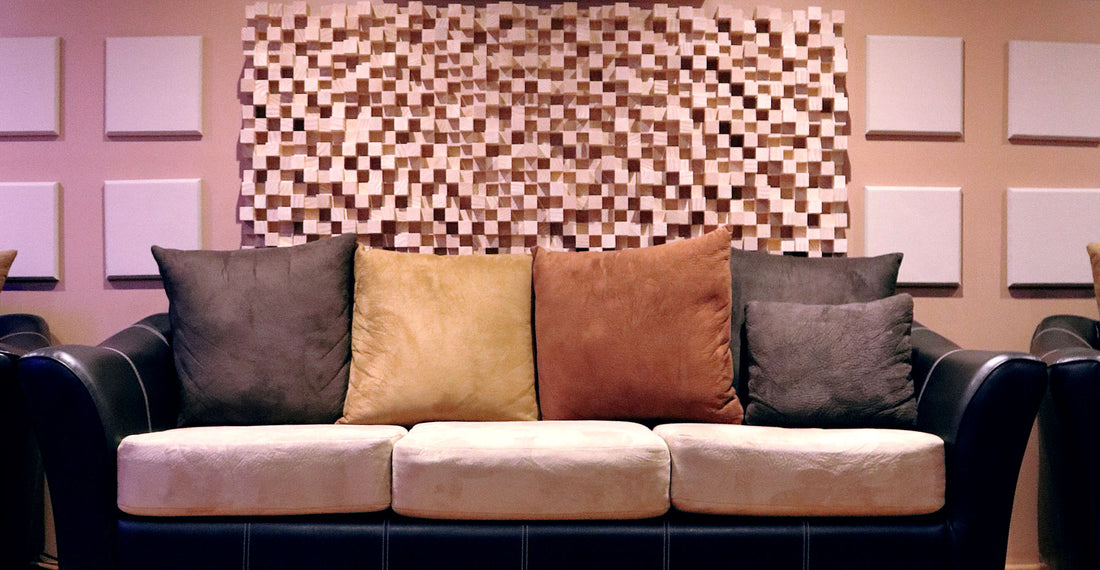Adopting room acoustics to improve sound quality involves several steps. Here are some tips to get started:
1. Identify problem areas
Start by identifying any problem areas in your listening room. These may include areas where the sound is overly boomy or resonant, or areas where the sound is overly bright or harsh. You can do this by listening to music and moving around the room, or by using measurement tools such as a sound level meter or frequency analyzer.
2. Address bass issues
Bass is often the most problematic area of a listening room. To address bass issues, you can use bass traps or other acoustic treatments to absorb or diffuse low-frequency sound waves. Placing bass traps in the corners of the room, where bass tends to accumulate, can be particularly effective.
3. Address midrange and high-frequency issues
To address midrange and high-frequency issues, you can use diffusers, absorbers, or other treatments to adjust the reflective and absorptive properties of the room. This can help to minimize reflections and standing waves, which can cause unwanted resonances and colorations in the sound.
4. Optimize speaker placement
The placement of your speakers can have a significant impact on the sound quality in your room. Aim to place your speakers so that they are equidistant from the walls and at a height that corresponds to your ear level when seated. You can also experiment with different speaker positions to find the optimal placement for your room.
5. Use room measurement tools
Room measurement tools, such as room analyzers or REW (Room EQ Wizard), can be helpful in identifying acoustic problems and measuring the effectiveness of acoustic treatments. These tools can also help you to determine the optimal placement of your speakers and listening position.
6. Room correction tools
Using room correction tools, such as digital signal processors (DSPs), can also be an effective way to optimize room acoustics. These tools can help to correct for frequency response irregularities and other room-related issues, resulting in a more accurate and balanced sound.
7. Invest in quality acoustic treatments
Acoustic treatments, such as diffusers, absorbers, and bass traps, come in a variety of materials and designs. It's important to invest in quality treatments that are specifically designed for your room size and acoustic needs. You can consult with a professional acoustician or audio engineer to help you choose the right treatments for your setup.
8. Consider room layout and furniture placement
The layout of your room and the placement of furniture can also have an impact on room acoustics. Avoid placing furniture or other objects that can reflect or absorb sound waves in ways that can negatively affect the sound quality. You can also experiment with different room layouts to find the optimal setup for your particular room.
9. Consider room treatment as part of your overall audio system
Optimizing room acoustics is just one aspect of achieving a high-quality sound in an audiophile setup. It's also important to invest in high-quality audio components, such as speakers, amplifiers, and source equipment. By considering room treatment as part of your overall audio system, you can achieve a more accurate and enjoyable sound in your listening room.
By adopting these steps, you can improve your listening experience and achieve a more accurate and enjoyable sound in your audiophile setup. It's important to note that room acoustics can be complex, and it may take some trial and error to find the optimal setup for your particular listening room.

Room Acoustics to Improve Sound Quality
3 min read
K. Glissando










